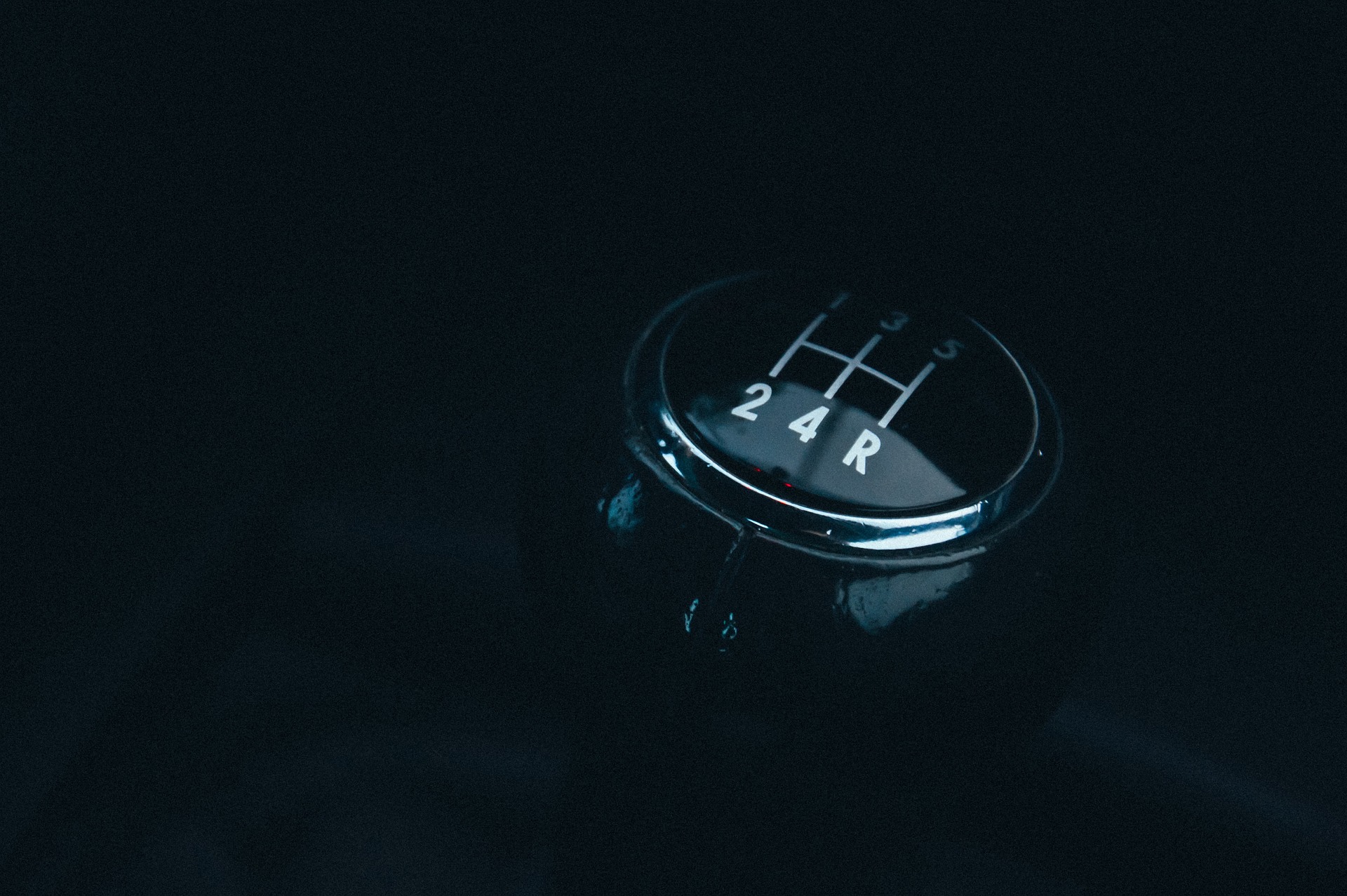Manual Shifting: The Thrill of Manual Transmission in A Digitally Driven World
Step into a time machine for a moment, back to the days when driving was not just a mean to an end but an experience. Manual transmission cars ruled the roads, providing power, control, and a true sense of connection between the driver and their vehicle. Today’s driving landscape may have become more automated, but the allure of the manual gearstick remains alive. This article investigates the enduring appeal of manual transmission vehicles and their place in today's vehicular environment.

Holding the Gear: An Ode to the Past
Manual transmission, often known as stick shift, has a rich history stretching back to the early days of the automobile. At its most basic, a manual transmission allows the driver to control the vehicle’s engine speed by manually shifting gears, hence building a deep connection with the car.
The process of shifting gears is about mastering timing—knowing when to release the clutch and apply the throttle while shifting up or down to achieve the desired speed. Its mastery can be both challenging and rewarding, offering a sense of achievement that can rarely be found in automatic driving.
Manual Transmission: Its Current State
Despite the rise in popularity of automatic vehicles and advanced driving aides, manual transmissions have not been entirely phased out. Manual cars are still preferred by driving purists who appreciate the control and engagement these vehicles provide. In certain situations, such as off-road driving or racing, manual transmissions offer irreplaceable advantages such as superior torque and control.
Interestingly, manual cars have also become somewhat of a status symbol for car enthusiasts. Owning a manual vehicle indicates a certain level of driving prowess and commitment to the art of driving, making it a prestigious asset in the auto community.
Impact of Manual Transmission: Advantages & Challenges
Manual transmission vehicles offer numerous benefits, including better fuel efficiency, more control over engine power, and a lower purchase price compared to their automatic counterparts. They also tend to have simpler designs, which makes them less prone to mechanical failures.
However, manual driving presents its challenges. It requires more effort and skill, which may deter novice or less confident drivers. Additionally, in stop-and-go traffic, repeated clutching and gear shifting can be physically taxing.
Manual Transmission: Backed by Research
Research backs the benefits and appeal of manual transmission. A study published in the Journal of Automobile Engineering showed that manual transmission cars are more fuel-efficient than automatic ones. Another study by the National Highway Traffic Safety Administration (USA) found that manual transmission vehicles have a lower rate of accidents because it requires a higher level of engagement from the driver.
Manual Transmission: Looking Forward
The future of manual transmission in a world leaning towards autonomous driving may seem bleak. However, it’s far from being phased out. Many car manufacturers are still offering manual cars to cater to market demand. Indeed, for driving enthusiasts and purists, the call of the gearstick, the hum of the engine at each shift, and the control offered by manual transmission will always have its charm.
All in all, manual transmission vehicles may represent a shrinking percentage of the auto market. Still, they hold an irreplaceable place in the hearts of car lovers worldwide. They offer a tangible connection to the vehicle and an experience that goes beyond mere transportation. As we move towards a more automated future, the allure of manual driving serves as a reminder of where we started and the excitement that comes from being in control on the road.




